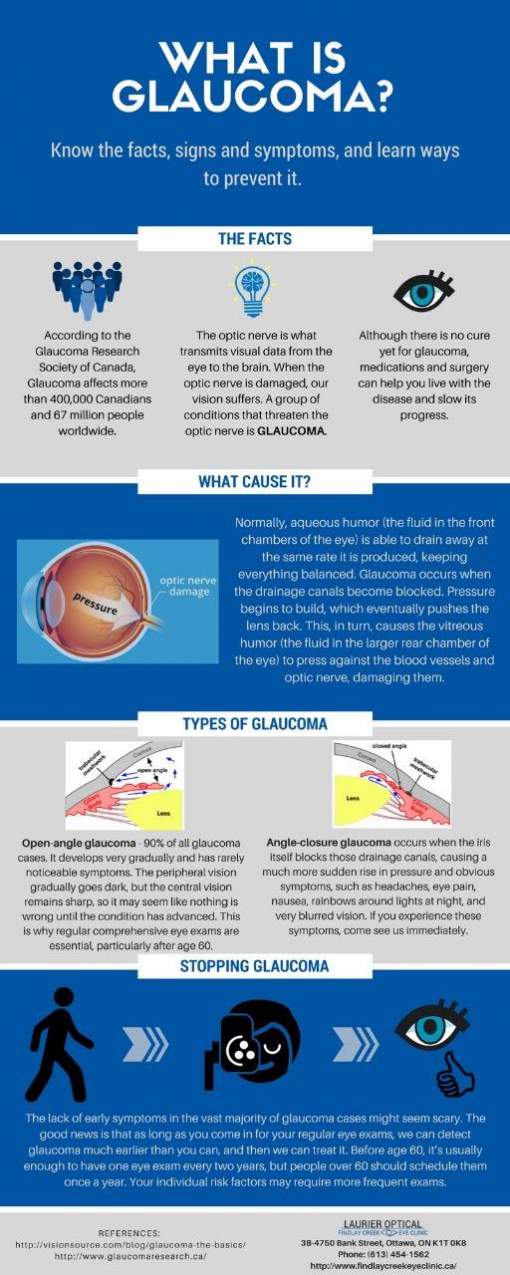Interested Concerning The Distinctions In Between SMILE, LASIK, And PRK Eye Surgical Treatments?
Interested Concerning The Distinctions In Between SMILE, LASIK, And PRK Eye Surgical Treatments?
Blog Article
visit here -Dreyer Tang
If you've been thinking about SMILE eye surgical treatment, you may wonder exactly how it stacks up against LASIK and PRK. Each procedure has its very own collection of advantages and considerations. From quicker recuperation times to possible dangers, there are essential differences you must understand prior to deciding. Recognizing these distinctions will assist you make an informed choice that lines up with your details needs and expectations. Curious to know more regarding just how these procedures compare carefully? Go on discovering to get a thorough understanding of SMILE, LASIK, and PRK.
SMILE Eye Surgery Summary
If you're thinking about SMILE eye surgical treatment, you'll locate it to be a minimally invasive procedure with a quick recovery time. During SMILE (Tiny Laceration Lenticule Removal), a laser is made use of to create a small, accurate laceration in the cornea to get rid of a tiny piece of tissue, improving it to correct your vision. This varies from LASIK, where a flap is created, and PRK, where the external layer of the cornea is completely eliminated.
Among the vital advantages of SMILE is its minimally intrusive nature, causing a faster recovery process and less discomfort post-surgery. The recovery time for SMILE is relatively fast, with many patients experiencing improved vision within a day or more. This makes it a popular option for those seeking a convenient and reliable vision modification treatment. Additionally, SMILE has actually been revealed to have a reduced threat of completely dry eye syndrome compared to LASIK, making it a beneficial choice for individuals concerned concerning this possible negative effects.
Distinctions Between SMILE, LASIK, and PRK
When contrasting SMILE, LASIK, and PRK eye surgical treatments, it's important to understand the distinctive methods utilized in each treatment for vision adjustment.
SMILE (Little Incision Lenticule Extraction) is a minimally intrusive treatment that includes producing a tiny cut to remove a lenticule from the cornea, reshaping it to remedy vision.
What Does LASIK Cost (Laser-Assisted In Situ Keratomileusis) includes developing a slim flap on the cornea, making use of a laser to improve the underlying cells, and afterwards rearranging the flap.
PRK (Photorefractive Keratectomy) gets rid of the external layer of the cornea prior to reshaping the tissue with a laser.
The main distinction depends on the method the cornea is accessed and dealt with. SMILE is flapless, making it a good choice for people with slim corneas or those involved in call sporting activities. LASIK supplies fast visual recuperation as a result of the flap production, yet it might posture a higher risk of flap-related difficulties. PRK, although having a longer recovery duration, avoids flap-related problems entirely.
Understanding these variances is crucial in choosing the most appropriate treatment for your vision modification requirements.
Advantages And Disadvantages Comparison
To review the advantages and drawbacks of SMILE, LASIK, and PRK eye surgical procedures, it's vital to consider the certain benefits and possible limitations of each treatment. SMILE surgical treatment supplies the benefit of a minimally intrusive treatment, with a smaller sized incision and possibly quicker healing time contrasted to LASIK and PRK. It also reduces the danger of dry eye post-surgery, an usual adverse effects of LASIK. Nonetheless, SMILE may have restrictions in treating greater degrees of myopia or astigmatism compared to LASIK.
LASIK surgical treatment gives quick aesthetic recovery and very little pain during the treatment. It's highly efficient in treating a large range of refractive errors, including myopia, hyperopia, and astigmatism. Yet, LASIK brings a danger of flap problems, which can impact the corneal framework.
PRK eye surgery, while not as prominent as LASIK, stays clear of developing a corneal flap, reducing the danger of flap-related issues. It appropriates for patients with thin corneas or irregular corneal surfaces. Nevertheless, PRK has a much longer healing time and may involve extra discomfort during the recovery process.
Conclusion
So, when it concerns picking between SMILE, LASIK, and PRK, consider it like selecting the perfect pair of shoes. SMILE is like a sleek, comfy set of tennis shoes - fast and very easy.
LASIK is much more like fashionable high heels - showy and quickly, but with some potential threats.
PRK is like sturdy hiking boots - reliable and durable, yet needing a bit more effort and time.
Ultimately, the most effective choice depends upon your individual demands and preferences.
